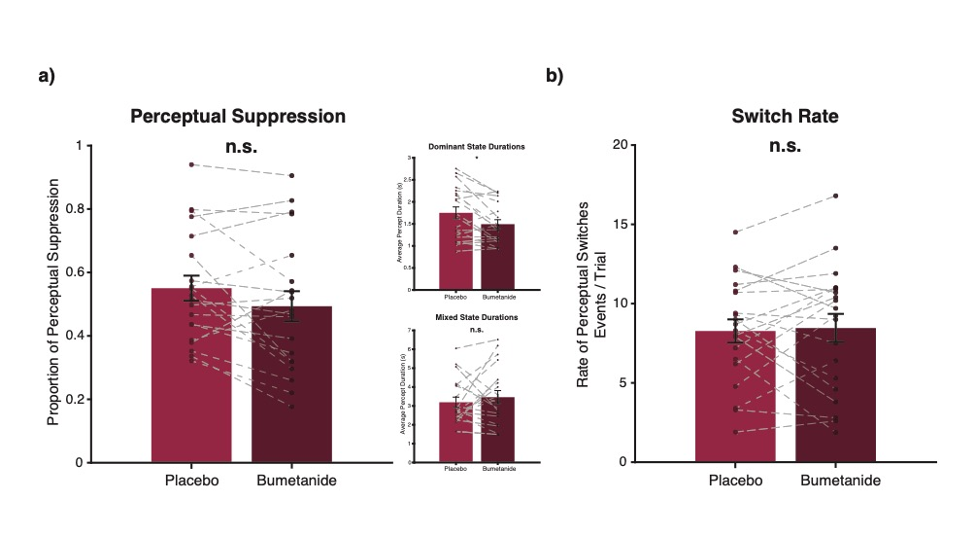




Did you find this useful? Give us your feedback








5 citations
67 citations
...Additionally, recent neuroimaging studies report increased neural response to emotional faces, and normalization of amygdala activation in response to eye-contact in individuals with autism following bumetanide administration [22, 44]....
[...]
65 citations
...One recent MRS study suggests that bumetanide may, as predicted, modulate E/I balance in adults, as evidenced through changes in the GABA-Glutamate ratio in visual and insular cortex pre- relative to post- 3-months of bumetanide administration in children with autism [46]....
[...]
64 citations
60 citations
...right eye percepts governs the strength of perceptual suppression during rivalry [36, 37]....
[...]
...5 inhibition [31, 36, 37]....
[...]
...The potential for sensory tasks to provide such markers is particularly high, given their suitability for translational research [56] and presence in conditions such as autism in some [57–60], although not all studies [36, 61]....
[...]
59 citations
...Further, some studies of bumetanide in humans, specifically children with autism, have shown evidence for attenuation of social symptom severity and improvement of emotion recognition [21–23], although, notably, these benefits are not universally observed [24]....
[...]
...15 respectively, and only minor reductions in repetitive behaviors, measured by the Repetitive Behavior Scale Revised (RBS-R) [24]....
[...]